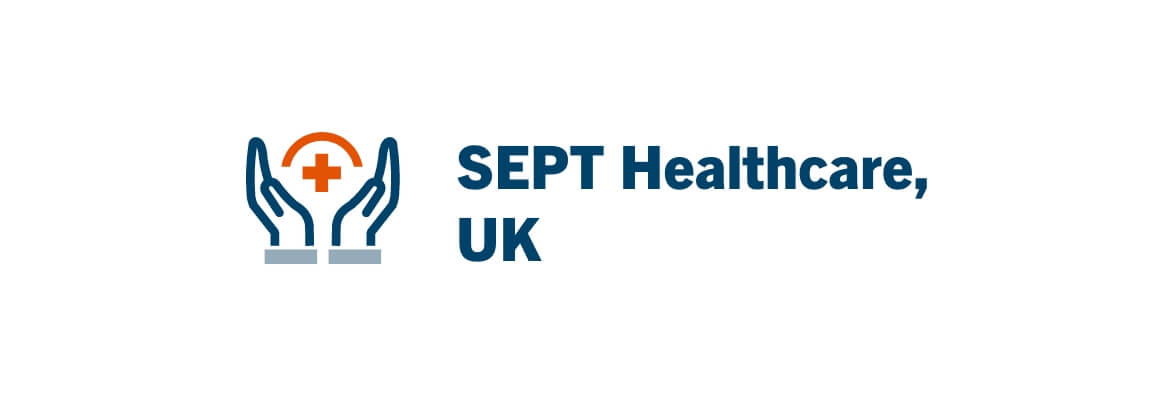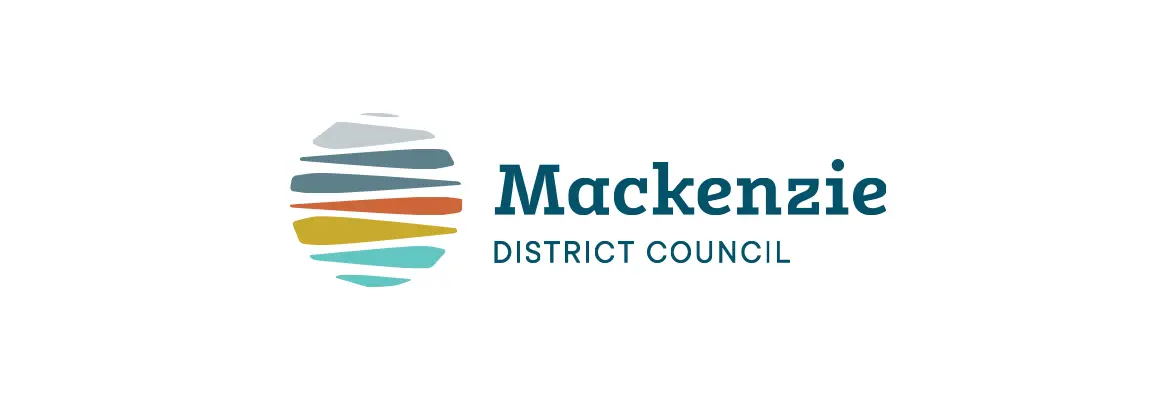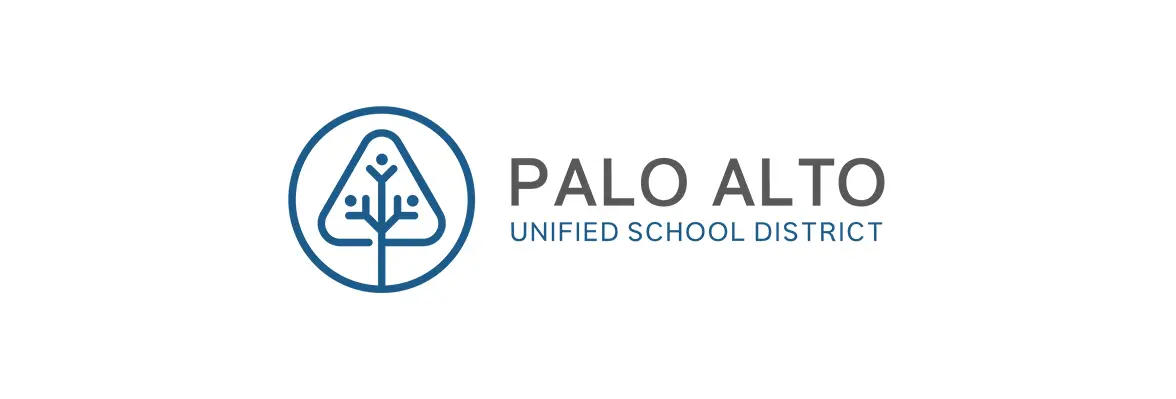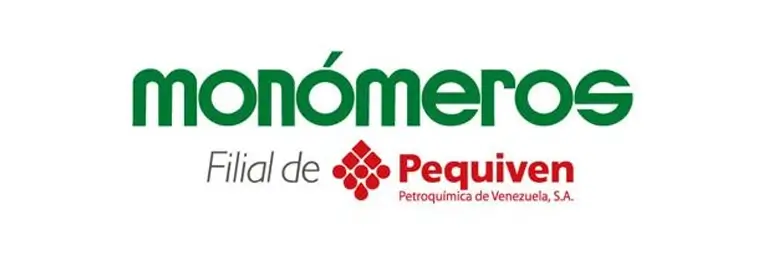Saving $1.5 Million with Laserfiche
4 min read
SEPT is one of the largest and highest-performing national healthcare organizations in the United Kingdom. Providing services for people with mental health problems and learning disabilities, SEPT serves a population of 1.5 million across three counties, with over 3,500 employees and an operating a budget of more than $300 million.
Mergers and acquisitions account for much of SEPT’s growth, but innovation, says Dominic Malvern, Head of Information Systems Development, accounts for much of its ongoing success. “It’s never been a stereotypical government ‘Mental Health Organization,” Malvern says.
In fact, when SEPT transitioned from a purely state-funded trust to a more privatized “Foundation Trust,” one of its primary initiatives was to partner with Adobe to develop an EMR system using Adobe LiveCycle products supported by a Laserfiche ECM system from Laserfiche reseller Fortrus. Malvern saw the chance to hit the ground running with a pilot project in the trust’s Forensic Services Department, which was moving to a new building as part of a modernization program.
“It was the ideal opportunity for us to modernize how our live patient records were accessed, as it was apparent that continuing with a manual process was not in keeping with the state of the art service we provide to our patients,” he says. That process, he adds, had remained manual by default because the legacy imaging system in Forensics didn’t meet the Trust requirement for working with live patient records.
“A single patient record could run for several years, sometimes through a person’s entire adult life, so it would extend into several volumes,” he explains. “Constant patient monitoring meant frequent updates to records for many reasons such as observation or treatment plans, sometimes every 15 minutes.”
A Pilot That Needed To Fly 24-7
When choosing a department to establish proof-of-concept before deploying a full-scale EMR system, SEPT couldn’t have chosen a more challenging one than Forensics Services—or one in which the impact of a successful ECM implementation would be so pronounced.
Malvern worked with Fortrus’ Steve Livermore to implement a Laserfiche pilot system for active patient records management system using:
- Laserfiche Quick Fields advanced capture to input, sort and file the steady stream of patient information.
- Laserfiche Workflow to automatically route information for reviews, approval and distribution.
- Laserfiche Web Access to allow both remote deployment and access to the system over SEPT’s broad geographic service area and affiliated agencies.
SEPT implemented a clinical pilot project in 2009 and, over the course of a year, the new system kept up with the staff’s round-the-clock demands, amassing over 500,000 documents in the Laserfiche repository in the process.
Malvern says the real operational breakthrough was having a system aligned with the increasing need for information sharing between regional service offices. “Increasingly we have to work on a multi-disciplinary and multi-agency basis, so having shared but secure access to patient records and notes is vital,” he says.
From an IT perspective, Laserfiche Web Access gave the organization one more tool to centrally control system administration while capitalizing on Laserfiche’s flexibility to configure various access levels remotely.
“Being able to deploy the system through our server or using web browser options allowed us to control the type of access we wanted to make available,” says Malvern. “Web-based deployment is key because of the ease of maintenance when working with such a large group of users. Updates and upgrades would be unwieldy to deploy with a large number of single desktop clients.”
Going from EMR to ECM Saves $1.5M
The vision to extend Laserfiche from its supporting role in SEPT’s EMR project to a full-scale ECM deployment came with the support of Fortrus’ Livermore, who helped Malvern make the case to SEPT’s directors to implement Laserfiche for the trust’s non-clinical side.
“Once I heard the directors were looking at other solutions, and knowing what Laserfiche was capable of, it seemed a waste to restrict its application to purely clinical processes,” says Malvern. “Of course, it seemed an even bigger waste to spend further public money on more software that would be superfluous when we had a perfectly good system that would likely be better than anything else on the market.”
Now moving ahead with full-scale deployment of its Laserfiche Rio system to what will eventually be 3,000+ users, SEPT is effectively standardizing its information management on Laserfiche, eliminating the need for multiple departmental systems—and their corresponding service agreements and upgrades.
“Initially Laserfiche was envisaged solely as a clinical and medical records solution, but we have now realized that it can be a complete multi-functional document management system for the whole organization,” he says.
“We’ve begun implementation in non-clinical areas such Human Resources and Finance, as well as Vehicle Service Management, where we’re using Laserfiche Quick Fields and Laserfiche Workflow to automate our lease applications.” Additionally, another major project is underway to use Laserfiche to meet retention regulations for information governance of corporate records.
“From a roll-out prospective, it makes life much easier to have one multi-tasking system that all employees are trained on no matter what their function. It makes live support a far more streamlined and efficient activity,” he explains.
Malvern says the efficiency—and cost-savings—are starting to add up. “Within 18 months to two years we’ll be able to replace all our legacy imaging systems with Laserfiche. Implementing Laserfiche and its enterprise licensing enables SEPT to discontinue several annual contracts and service agreements. It also delivers savings on labor and print costs for information requests, as well as paper document archive and retrieval services. Realistically, this will save us US$1.5 million over the next three fiscal years,” he says.
SEPT’s Run Smarter Philosophy
Malvern’s advice for successful implementation and adoption from his experience with SEPT’s jump from departmental EMR to organization-wide ECM is simple. “Be open-minded in your approach. Don’t just try to replicate what you already have; Laserfiche can do so much more! Even a year down the road we’re still discovering new things it can do for us. It has great functionality combined with enormous flexibility that’s capable of revolutionizing your whole approach to records and document management—both live and archival,” he says. “We wish we’d discovered it sooner!”





